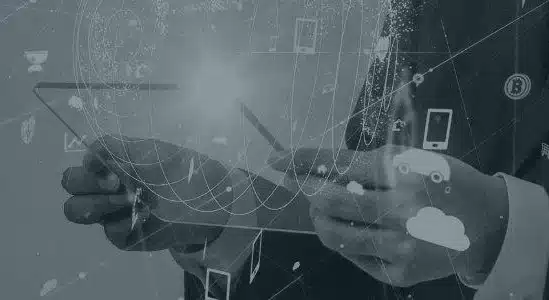Home appliances
We’re revolutionizing home appliances. Beyond physical products, we understand the pivotal role smart applications play in elevating user experiences.
In an era dominated by mobile apps, progressive web apps (PWAs), and cloud connectivity, our focus is on creating and then seamlessly integrating cutting-edge technology with your appliances to keep your users coming back again and again.
We create next-gen devices


Build
We make sure your user experience, user interface, and connectivity are in place to keep your users engaged.

Run
We can help you provide continuous enhancements to your customers’ experience.

Uy Khou
Connected Cosmetic Lead

Witekio seamlessly met our challenges by providing in-depth advice and expertise in regard to firmware and cloud development.
We know homme appliances software & applications


SUCCESS STORY
Building Philips next-gen coffee machines
Philips needed a software partner to help them develop their first range of “living” coffee machines. The Xelsis model had to go to market in under two years and offer a fresh, luxury experience for users.
- Our team got to work creating custom code for everything from low layers to advanced HMI, managing the database, languages, and cloud connectivity.
- Regionalization was also built into the design of each model, facilitating a global launch and smooth adaptation to diverse markets.
- By enabling secure over-the-air updates, we were able to help Philips provide continuous enhancements to their customers’ experience.
We transform your device vision into reality
We support your teams in designing, building, and running innovative products, from embedded software to application development

